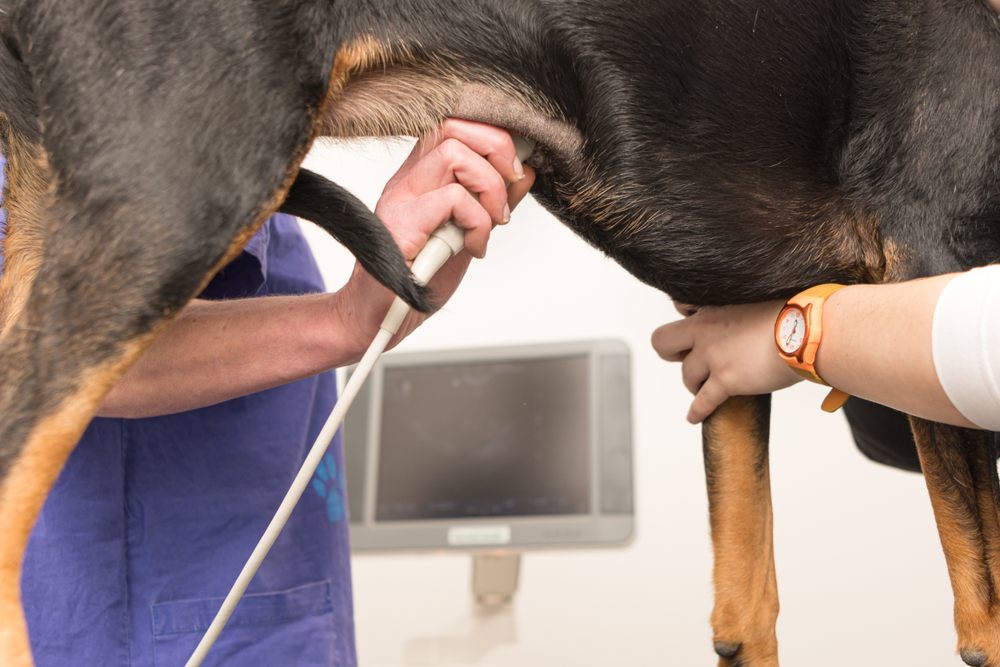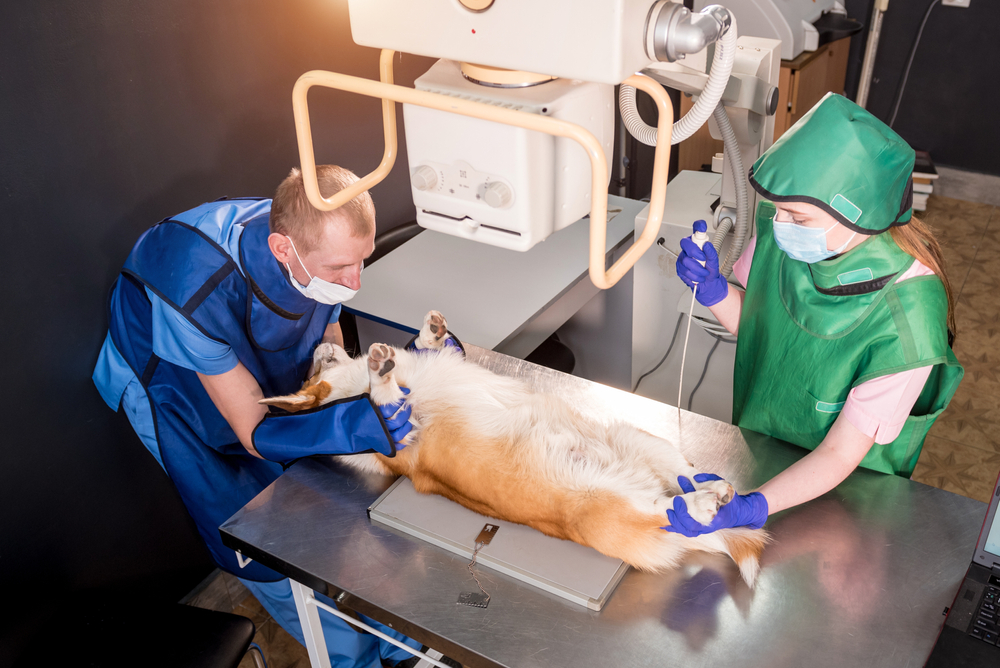Original Article: https://www.dogster.com/ask-the-vet/my-dog-ate-glass
Click to Skip Ahead
Dogs eating glass is a risky situation. Shards of glass can damage the gastrointestinal tract or even perforate it, which can be a life-threatening situation. However, the risk depends on what the glass is like. You need to take your dog to the vet, but we will give you a quick rundown of what you should know.


What Happens If a Dog Eats Glass?
There are a few possible consequences of your dog eating glass. The size and amount of glass shards, and whether they are sharp or smooth, will greatly impact what is likely to happen. That’s why every case is different, and you should always talk to your vet if your dog has eaten glass.
1. Nothing
There are cases of glass moving along the gastrointestinal tract and being pooped out. This can occur in humans and dogs. However, in the canine case we referenced, the glass was in the form of smooth rocks, which significantly lowers the risk of it cutting through the intestine or blood vessels. Some abdominal pain could occur, but the glass may pass through without an issue.

2. Lodges in the Esophagus
A piece of glass could lodge in the esophagus on the way down to the stomach. A piece of glass here is very uncomfortable for your dog. They might drool, cough, gag, vomit, or even bring up blood. They probably won’t want to eat and drink. The glass can cause more serious complications in the chest cavity, like mediastinitis or pneumothorax.
If your pet is showing these signs, we suggest you speak to a vet.

If you need to speak with a vet but can’t get to one, head over to PangoVet. It’s an online service where you can talk to a vet online and get the personalized advice you need for your pet — all at an affordable price!
3. Intestinal Damage
Glass in the intestinal tract can cause cuts in the inner layer of the intestines. Aside from being painful, this makes your dog more susceptible to infections. You might see signs of bleeding into the gastrointestinal tract, like blood in the stool, vomit, or dark tarry feces (digested blood).

4. Intestinal Perforation
Sharp shards of glass can get pushed through the wall of the stomach or intestines with the normal movements of these organs. If this happens, the stomach acid, digestive juices, food, and bacteria in your dog’s gut will leak into the abdomen. Your dog’s immune system reacts by generating inflammation in the abdomen to combat this material being where it shouldn’t be.
This is called peritonitis, and if there is a bacterial infection, it’s called septic peritonitis. Signs of peritonitis include fluid in the abdomen, abdominal pain, and fever. It can quickly have life-threatening complications like systemic inflammatory response syndrome (SIRS) and sepsis.
5. Internal Bleeding
If, at any stage, sharp pieces of glass are unfortunate enough to cut into a blood vessel, internal bleeding can occur. If this happens, your dog may bleed into the gut, chest cavity, or abdomen. They could also have signs of blood loss like pale gums, rapid breathing, and a fast heart rate.


How Do You Get Glass Out of a Dog?
Glass is visible on X-rays, and your vet will probably want to start with some images to see how much glass has been ingested, the size of the shards, and their location. Depending on their findings, they may recommend treatment or discuss a few options with you to get the glass out of your dog.
Sometimes, it can be viable to try to let the glass pass through on its own. A high-fiber diet can pad out the glass, reducing the risk of damage as it moves along the digestive tract. It would usually take 1–2 days for something to pass through the gastrointestinal tract, but sometimes, it can take longer.
If the glass is in the esophagus or stomach, endoscopy is a great option for removing it. This involves anesthetizing your dog and using a special device called an endoscope, which includes a camera, light, and grabbing tools.
Surgery is another option to remove the glass. It may be needed if the endoscopic retrieval fails or the glass has moved past the stomach. Surgery is more invasive and carries more risk, but sometimes, you have no choice! Surgery is a better alternative to intestinal perforation and peritonitis.



Final Thoughts
Just when you think everything is going well, your dog does something absurd like eating glass. You might have dropped a glass jar, and in your dog’s haste to clean up for you, they could’ve swallowed the glass. You should take your pup to the vet immediately if they eat glass. Your vet can localize the glass they may have eaten and make a plan to help your dog.
Featured Image Credit: dba duplessis, Shutterstock
Source: Dogster












